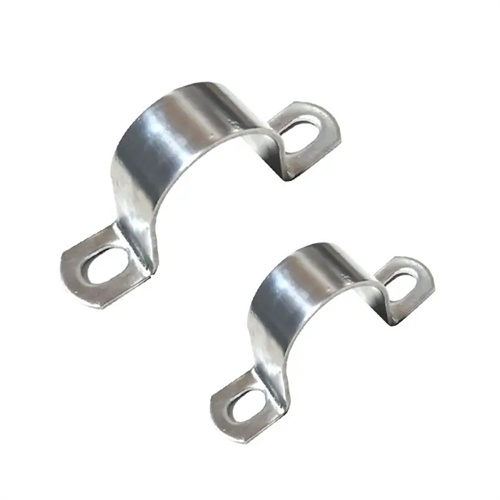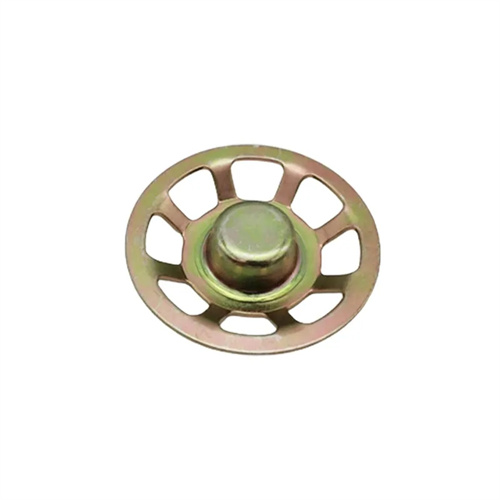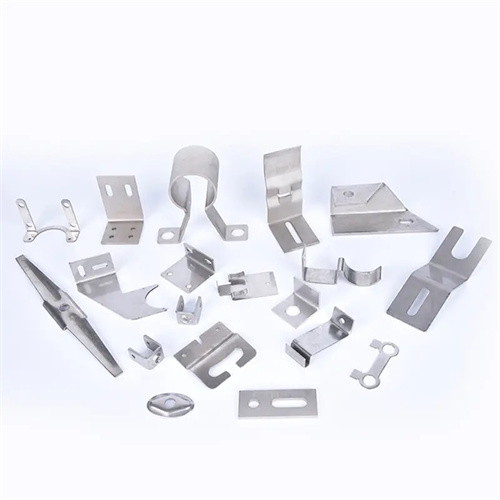Cold-formed steel for guardrail corrugated beams
Cold-formed steel for guardrail corrugated beams is a key steel material used in crash barriers for transportation facilities such as highways, railways, and bridges. Created through a cold-bending process, these beams possess a specific corrugated cross-section. Their excellent impact resistance, energy absorption, and weather resistance effectively absorb impact energy during collisions, protecting both vehicles and personnel. These corrugated sections are typically W-shaped or triple-corrugated, with widths ranging from 310 to 506 mm and thicknesses ranging from 2.5 to 4.0 mm. They are typically made from Q235 or Q345 low-carbon steel or weathering steel (such as Q355NH). Weathering steel, by adding alloying elements such as chromium, nickel, and copper, forms a dense oxide film in atmospheric environments, significantly enhancing its corrosion resistance.

The production process for cold-formed steel used in guardrail corrugated beams requires key steps, including steel strip pretreatment, cold-bending, welding (if necessary), punching, and surface treatment. First, hot-rolled steel strip with a width accuracy of ±1 mm and a thickness tolerance of ≤±0.15 mm is selected. Pretreatment includes degreasing, rust removal, and oiling to remove surface oil and scale, ensuring cracking during the cold-bending process. Cold-bending is the core process, utilizing a multi-pass continuous roll-bending machine. Using 20-30 sets of rollers with varying profiles, the steel strip is gradually rolled into the desired corrugated cross-section. The deformation (≤5%) and rolling speed (10-20 m/min) are carefully controlled during each pass to ensure precise corrugation dimensions, with peak height tolerances of ≤±1 mm and wave spacing tolerances of ≤±2 mm. For areas requiring connections, punching is performed after forming, with hole placement accuracy controlled to ±0.5 mm to ensure bolt connection accuracy during installation. Surface treatment is selected based on the intended use environment. For standard environments, hot-dip galvanizing is used, with a zinc coating thickness of ≥85μm. For corrosive environments, a composite galvanizing and plastic coating treatment is used, with a coating thickness of ≥60μm and an adhesion of ≥3N/mm. Finally, the product undergoes cutting to length (4-6 meters), straightness correction (bend ≤2mm/m), and quality inspection to ensure compliance with relevant standards.

The performance advantages of cold-formed steel used in guardrail corrugated beams make it an ideal choice for traffic anti-collision facilities. First, excellent impact resistance. When the Q345 corrugated beam is hit by a vehicle at 80 km/h, it can absorb more than 70% of the impact energy through corrugated deformation, with a maximum lateral displacement of ≤1.5 meters, effectively preventing the vehicle from rushing out of the guardrail. Second, good structural stability. Through reasonable mechanical design, the corrugated cross-section has a cross-sectional inertia that is 3-5 times higher than that of flat steel of the same thickness, and it is not easy to deform under long-term loads and temperature changes. Third, outstanding weather resistance. The service life of hot-dip galvanized corrugated beams can reach 15-20 years in ordinary atmospheric environments, and the service life of weathering steel materials in industrial and coastal areas is extended to more than 25 years. Fourth, efficient installation performance. Standardized corrugated design and hole position accuracy increase on-site installation efficiency by more than 40%, and the installation time per kilometer of guardrail is ≤8 hours. Fifth, economical and practical. Compared with hot-rolled forming, the cold-bending forming process saves 10%-15% of materials and has low maintenance costs. The full life cycle cost is more than 30% lower than that of concrete guardrails.

Cold-formed steel for guardrail corrugated beams is widely used for collision protection in various transportation facilities. On highways, W-shaped corrugated beams (310mm wide, 3.0mm thick) are widely used in central medians and guardrails on both sides. These beams, combined with columns and barrier blocks, form a collision protection system suitable for roads with a design speed of 100-120 km/h. On first-class highways and urban and rural trunk roads, triple corrugated beams (506mm wide, 4.0mm thick) are used to enhance collision protection and withstand heavy vehicle impacts. In bridge projects, galvanized and plastic-coated corrugated beams are used for guardrails on both sides of the bridge deck to resist corrosion from rainwater and bridge drainage. On mountain roads, reinforced corrugated beams (4.0mm thick, with shortened column spacing) are used for sharp bends and steep slopes to enhance collision protection. In enclosed areas such as factories and industrial parks, lightweight corrugated beams (2.5mm thick) are used to balance protection and cost-effectiveness.

Industry trends indicate that cold-formed steel used in guardrail corrugated beams is developing towards high strength, lightweight, and multifunctionality. The use of high-strength cold-formed steel (such as Q460) improves impact resistance by over 20% at the same thickness, enabling a 0.5-1mm reduction in plate thickness and a 10-15% weight reduction per kilometer of guardrail. New corrugated cross-section designs (such as variable-section and composite corrugated beams) are optimized through finite element analysis to further enhance energy absorption by 15% while maintaining strength. Multifunctional corrugated beams integrate functions such as lighting and monitoring mounting brackets, reducing the cost of subsequent additional installation. Intelligent production technology is being promoted, employing online dimensional inspection and defect recognition systems to ensure a product qualification rate of ≥99.5%. Green anti-corrosion technologies, such as chromium-free passivation and water-based coatings, are being applied to reduce environmental pollution during the production process. In the future, as transportation infrastructure evolves towards safer and more intelligent transportation, cold-formed steel used in guardrail corrugated beams will continue to innovate in improving protection levels, extending service life, and reducing overall lifecycle costs.
